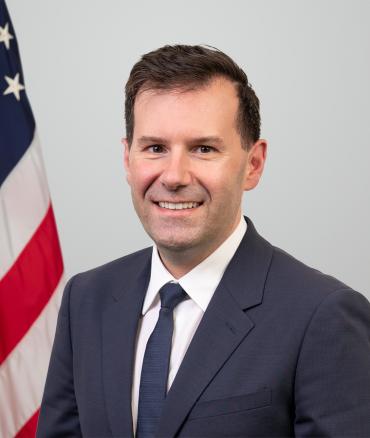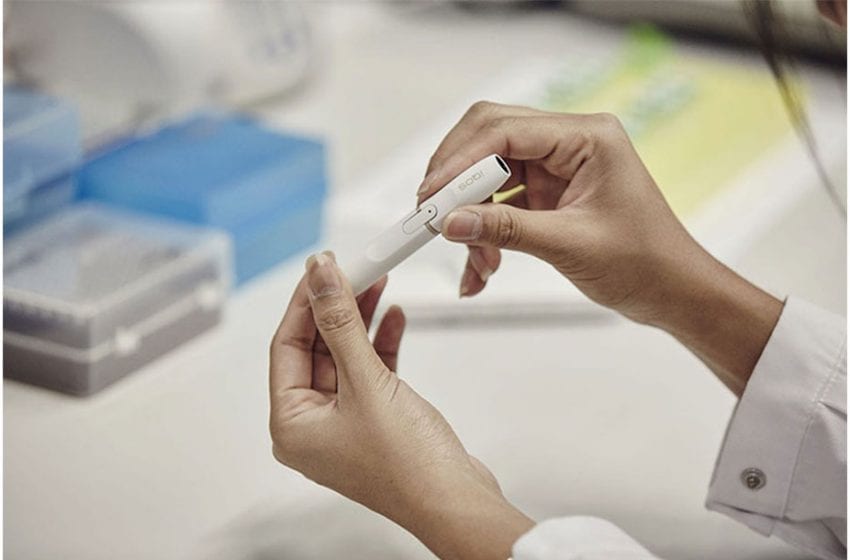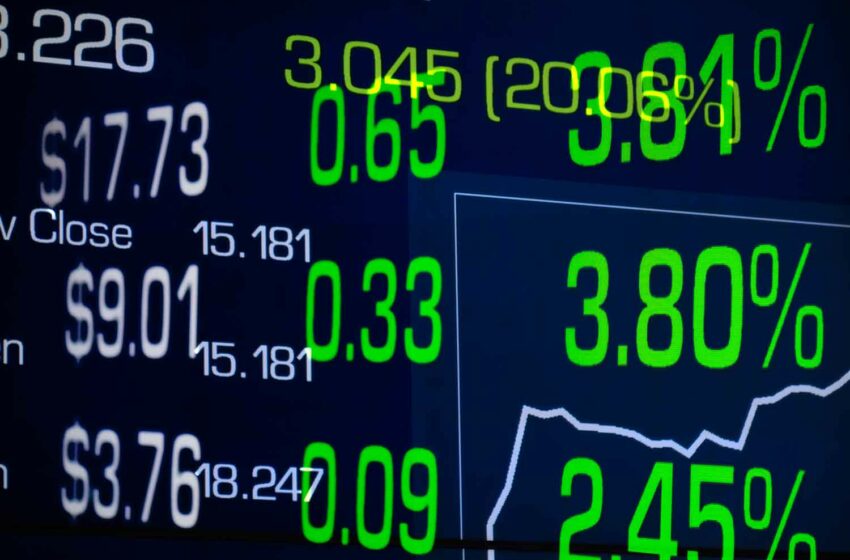
Current tobacco product use among U.S. middle school and high school students has dropped to the lowest recorded level in 25 years, according to newly released data from the 2024 National Youth Tobacco Survey (NYTS). Within the past year alone, at least half a million fewer students are using tobacco products, contributing to this important progress.
In 2024, 2.25 million middle school and high school students reported current use (use on one or more days during the past 30 days) of any tobacco product compared to 2.80 million in 2023. This decline was largely attributable to the significant drop in the number of students who reported current e-cigarette use (2.13 million youth in 2023 compared to 1.63 million youth in 2024).
Within the past year, a significant decline also occurred in current hookah use (290,000 in 2023 compared to 190,000 in 2024). Cigarette smoking reached the lowest level ever recorded by the survey, with only 1.4 percent of students reporting current use in 2024.
“Reaching a 25-year low for youth tobacco product use is an extraordinary milestone for public health. However, with more than 2 million youth using tobacco products and certain groups not experiencing declines in use, our mission is far from complete,” said Deirdre Lawrence Kittner, director of the Centers for Disease Control and Prevention’s (CDC) Office on Smoking and Health, in a statement. “We must remain committed to public health efforts to ensure all youth can live healthy, tobacco-free lives.”

We’re headed in the right direction when it comes to reducing tobacco product use among our nation’s youth. But we can’t take our foot off the gas.
Brian King, director, CTP
The CDC and the U.S. Food and Drug Administration analyzed NYTS data to assess the use of nine tobacco products among U.S. middle school (grades 6–8) and high school (grades 9–12) students. Detailed information on use of e-cigarettes and nicotine pouches from the 2024 NYTS was recently published. The most recent release provides further data from the survey, including findings on other types of tobacco product use and detailed breakdowns of tobacco product use by school level, sex, race and ethnicity.
Youth e-cigarette use declined to the lowest level in a decade; however, for the 11th year in a row, e-cigarettes remained the most commonly used tobacco product (5.9 percent) among youth who reported current tobacco product use. In 2024, nicotine pouches became the second most commonly used tobacco product among youth (1.8 percent), followed by cigarettes (1.4 percent), cigars (1.2 percent), smokeless tobacco (1.2 percent), other oral nicotine products (1.2 percent), heated-tobacco products (0.8 percent), hookah (0.7 percent) and pipe tobacco (0.5 percent).
The report also found varying progress across population groups. For example, during 2023–2024, current use of any tobacco product, e-cigarettes and multiple tobacco products all significantly declined among female students, and current use of any tobacco product, e-cigarettes, cigars, hookah and multiple tobacco products declined among Hispanic students. In contrast, during 2023–2024, current use of any tobacco product, e-cigarettes, oral nicotine products, any combustible tobacco product and multiple tobacco products all increased among American Indian or Alaska Native students, and current use of nicotine pouches increased among white students. No significant changes occurred in current use of cigarettes, smokeless tobacco, heated-tobacco products and pipe tobacco for all assessed races and ethnic groups.
“We’re headed in the right direction when it comes to reducing tobacco product use among our nation’s youth,” said Brian King, director of the FDA’s Center for Tobacco Products. “But we can’t take our foot off the gas. Continued vigilance is needed to continue to reduce all forms of tobacco product use among youth. Addressing disparities remains an essential part of these efforts to ensure that we don’t leave anyone behind.”











